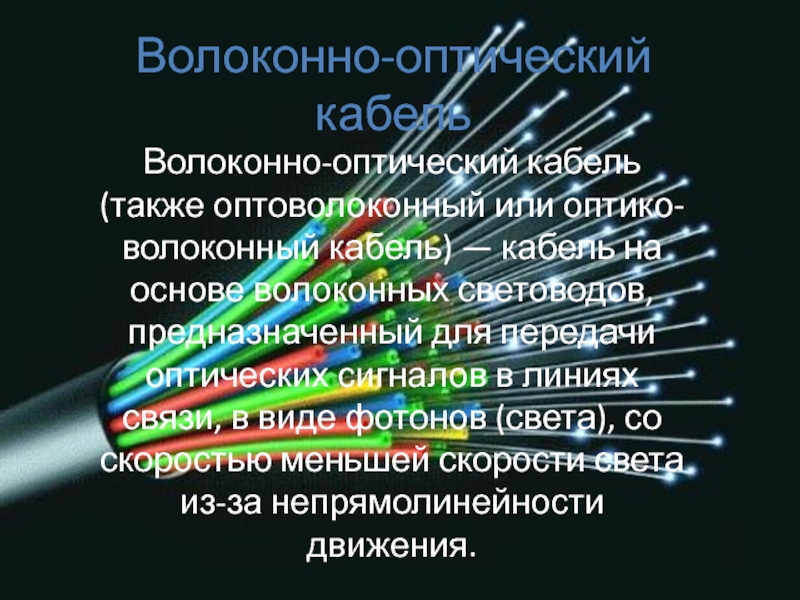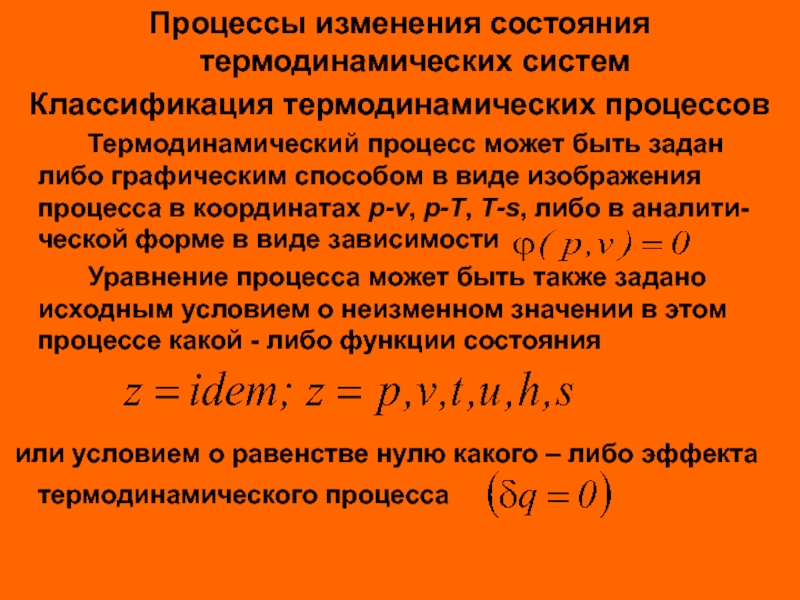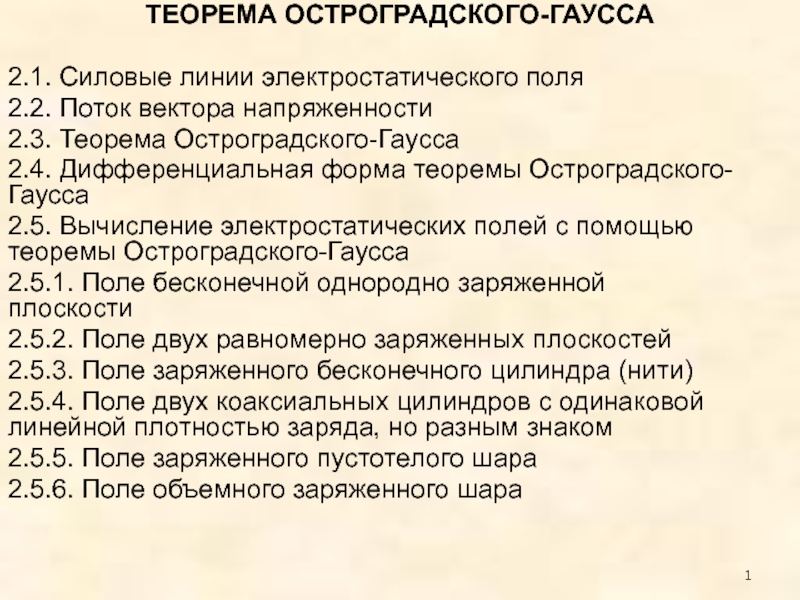The experiments on ion-beam simulation have demonstrated the high tolerance of SiO2-based memristive nanostructures to the impact of high-energy protons and fission neutrons. This opens up the possibility of the application of this type of nanostructures in the development of memory devices suitable for operation in the conditions of high radiation exposure.
Low-energy heavy ion irradiation of memristive nanostructures do not lead to improving the RRAM performance and reducing the significance of uncontrollable stochastic factors. There are some spread of RS parameters in investigated structures.
Resistive switching properties
Effect of ion irradiation on resistive switching parameters
Dependence of the current values (measured at +0.5 V) in the LRS and HRS in non-irradiated (w/o irr.) devices and in devices irradiated with 150 keV H+ ions (a), (O++Si+) ions and 15 MeV H+ ions (c) on the number of switching events after each successive accumulation of the irradiation fluence. The irradiation was performed for the structures switched to HRS (Irr. in HRS) and LRS (Irr. in LRS). The arrows indicate the current values changed after irradiation.
Equivalent fluences of 150 keV ions providing the same ionization losses and the same concentrations of displacements in SiO2 layer as in the cases of 15 MeV proton irradiation with the fluence of 1013-1017 cm-2 and 1 MeV neutrons with the fluence of 1015-1017 cm-2, respectively.
The calculated depth profiles of total ionization losses in SiO2-based memristive devices irradiated with 150 keV and 15 MeV protons with equivalent fluences (a) and displacement damage in same structure irradiated with 150 keV Si+ + O+ ions reproducing the effect of 1 MeV neutrons (b). A.I. Belov et al. Nucl. Instr. Meth. B (2016) – DOI: 10.1016/j.nimb.2016.02.054
mian@nifti.unn.ru
Deposition:
Thin-film memristive structures were fabricated on CMOS-compatible TiN (25 nm) / Ti (25 nm) / SiO2 (970 nm) / Si substrate. Oxide dielectrics SiO2 and ZrO2(Y) with thickness of 40 nm were deposited by RF-magnetron sputtering using a MagSputt 3G-2 (Torr International) system. The top Au electrodes (40 nm) were deposited by DC sputtering using the same sputtering system.
Fabrication of memristive devices
Schematic of the composition and geometry of the studied capacitor-like structure deposited by the methods of magnetron sputtering.
Ionizing radiation and Displacement damage
The study is supported by the Ministry of Education and Science of the Russian Federation (RFMEFI57514X0029) and by the grant of the President of Russian Federation (МК-3714.2015.2).
The authors are grateful to Dr., Prof. V. Kozlovskii (Peter the Great Saint-Petersburg Polytechnic University) for conducting of proton irradiation on cyclotron.
The effect of proton irradiation mainly originates from ionization. The ionization losses were calculated by using the SRIM software [J.F. Ziegler et al. NIMB 268, 1818 (2010)] for protons with energies of 150 keV and 15 MeV. The comparison of calculated ionization profiles allows drawing the conclusion that the irradiation with medium-energy protons provides one order of magnitude higher energy losses in the switching oxide layer than in the case of irradiation with the same dose of 15 MeV protons typical of cosmic rays.
Typical I-V hysteresis due to bipolar resistive switching after electroforming of the SiO2- and ZrO2(Y)-based device.
The fabricated memristive devices demonstrate bipolar resistive switching behavior typical of the valence-change materials, and the resistive state is determined by the interplay between the reduction-oxidation (redox) processes in a system of conducting pathways (filaments) grown in oxide film. Due to the stochastic nature of filament rupture / recovery and the intrinsic asymmetry of the given phenomena, the considered memristive device can be considered as a multi-stable nonlinear system.
No significant change in the resistive switching parameters is observed under ion irradiation up to the fluences corresponding to the extreme fluence of 1017 cm-2 of space protons or fission neutrons.
D.S. Korolev, A.I. Belov, I.N. Antonov, E.V. Okulich, A.N. Mikhaylov, O.N. Gorshkov, S.A. Gerasimova, V.B. Kazantsev
The lateral filament nucleus size r0 is the distance from the axis of ion incidence at which the vacancy concentration is reduced to 100 times with respect to the maximum.
Current-voltage characteristics of non-irradiated (a) and Xe+ irradiated (b) SiO2-based memristive structures.
There are no significant changes of forming voltage and current-voltage characteristics in structures irradiated with 5 keV Xe+ ions with the doses 1011–1014 cm-2.






